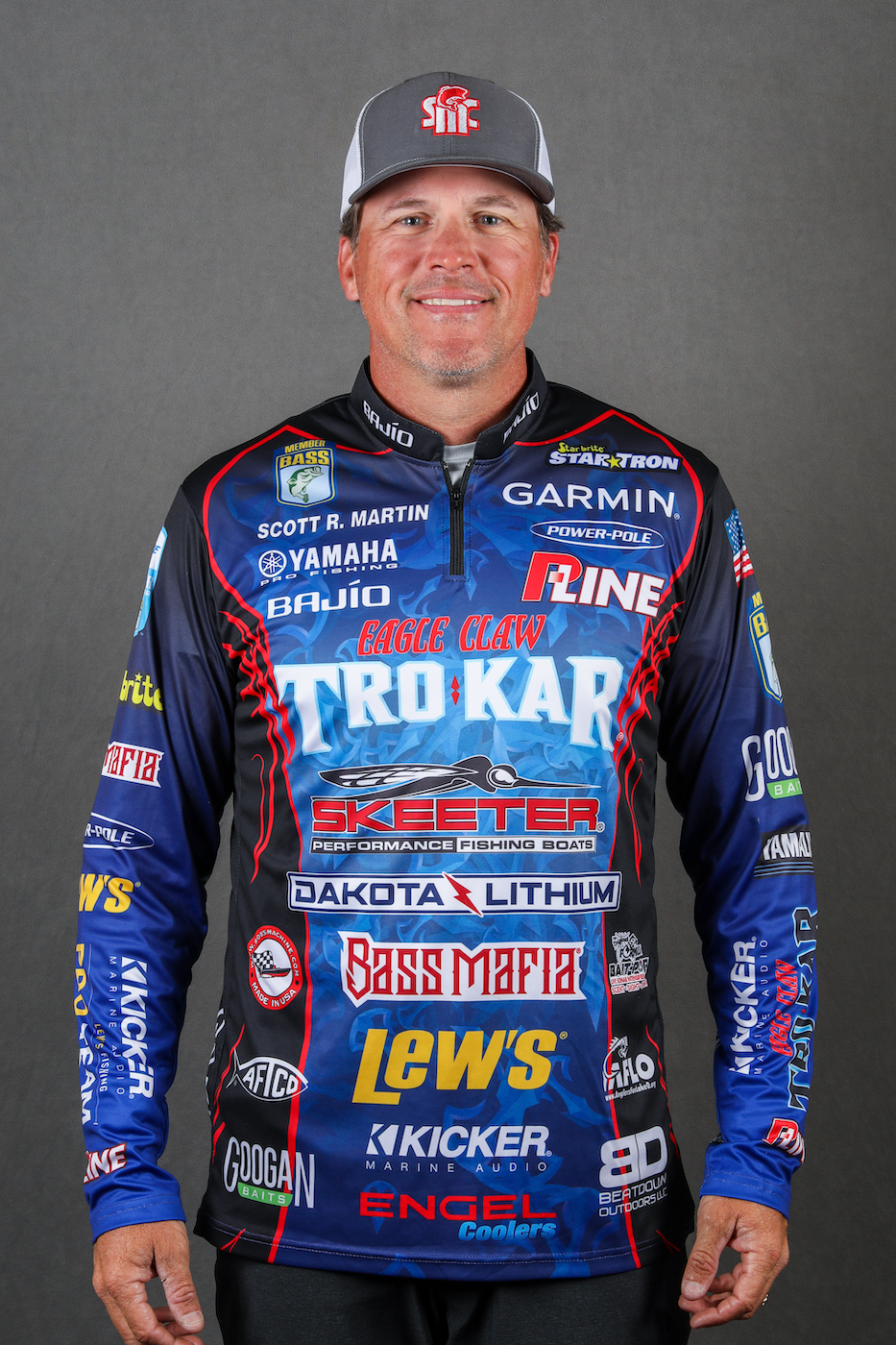
Timing is always important in fishing, but it’s particularly relevant to summers in the South. That’s because the dog days heat plays a key role in when and where the fish will bite.
Using my home state of Florida as an example, I’m fishing mostly shallow water with a lot of vegetation, and I really want to pay close attention to water temperature. Don’t assume that it’s a hot day, and the temperature is what it is — there will be changes throughout the day.
Where the bite tends to transition is when the water temperature rises. Starting with early morning, you’ll start with the lowest temperature because the lake has had all night to cool down.
By about 9 o’clock, when the sun gets a little angle on it, the water will quickly warm. Say you have 89 degrees at daylight, that temperature will hold steady for a couple of hours, but around 9, you’ll set it start to tick up.
By 10 o’clock it really starts to spike into the low 90s, and by late morning, you’ll see that water around 95 or 96 degrees. Once the water temperature transition occurs, those fish go into what I call survival mode.
Florida fish are mostly sight feeders, so with the exception of a full moon, they’re going to feed mostly during the day. When the sun rises, they’re hungry and looking for a meal. That’s when your topwaters, buzzbaits, spinnerbaits, swim jigs, Rat-L-Traps and other moving baits are going to be most effective.
You’ll often enjoy some great fishing during this time. But as soon as that water temperature starts to rise quickly, you need to put those moving baits down and pick up a worm, a drop shot or go to flipping. You also need to switch areas by finding a little deeper water, some rocks or other subsurface structure, or find some heavy cover with some shade.
These transition periods are great times to catch those fish when they first move under that mat, when they first move onto those rocks, because they’re still hungry. They’re setting themselves up for the rest of the day, and they haven’t gone dormant yet.
Think about how you feel after eating a big lunch. You sit down on the couch and get comfortable, your eyes get heavy, your breathing slows down and you’re just chilling. You don’t feel like moving, you don’t feel like talking; you just want to hang out for an hour.
But consider how you felt before sitting on the couch. You’re still active and moving around the house. Fish are no different, so if you can locate them right at these transition times, you have a much better chance of catching them.
The mistake a lot of people make is they fish too long on their morning bite, and they miss these transitions. Once the fish settle into their shady area, you can still catch them, but the bites will be a lot less frequent and usually less aggressive.
With typical summer patterns, you’ll usually get another window of opportunity in the afternoon when thunderstorms start rolling into the area. The barometric pressure drops, the water temperature drops and the wind will start blowing and stirring up a little current.
Once this weather change occurs, everything becomes more active, and you can have a pretty successful afternoon. Of course, you want to avoid any hazardous weather, especially lightning.
So, the key to summer fishing in the South is to understand that water temperature has a huge impact on the fish. You can enjoy a great day of fishing as long as you know when and where to move.





